Coordination exercise: Types, Test, Exercise
Coordination exercise is a great exercise to improve your day to day performances and is also prescribed by doctors mainly for stroke, cerebellar ataxia, and Parkinson’s disease. It is also an important exercise to improve athletes performances.
Table of Contents
Defination of coordination exercise:
Coordination is the ability to do smooth, precise, and controlled movements.
It is the ability to do accurate joint movement at the right time with proper intensity to do proper action.
co -ordinate movement, which is smooth,accurate and purposeful activity is performed by the integrated action of many muscle.
lack of coordination is said to be in-coordination or asynergia.
in-coordination is the jerky, inaccurate non-purposeful movement done by the group of muscles.
How to improve coordination?
the nervous system plays an essential role in the coordination of action or movement.
- Motor pathway
- cerebral cortex
- cerebellum
- kinesthetic sensation
1)motor pathway
the action of each muscle group is determined by the afferent impulses which reach it by motor pathways.
2) cerebral cortex
voluntary movement is usually, if not variably, initiated in response to some sensory stimulus.
cerebral is responsible for planning the patterns of movement.
this plan is based on memories of patterns used on previous occasions.
3) cerebellum
the cerebellum is the main center in the brain for smooth coordination of movement.
the cerebellum is a receiving station of information that reaches it by the afferent pathways convening impulses of kinesthetic sensation from the periphery and the other parts of the brain including the cerebral cortex and vestibular action.
4) kinesthetic sensation
the afferent impulses of kinesthetic sensation arise from proprioceptors situated in muscle and the knowledge of movement and position of the limbs.
Causes of in-coordination
Following are the most common cause of in-coordination
- flaccidity
- spasticity
- cerebellar ataxia
- loss of kinesthetic sensation
1) flaccidity
any of the lower motor lesions results in flaccidity.
in this case, the nerve impulses are cut off before reaching the muscles.
muscles said to be paralyzed and are otherwise called atonic muscles.
2) spasticity
upper motor neuron lesion results in spasticity.
the tone of the muscle is more.
muscles are tight and contracted.
spasticity never occurs in one group of muscles
it is always part of total flexors or total extensor synergy.
3) cerebellar ataxia
the cerebellar lesion results in in-coordinated movements.
normally, the muscles are hypotonic.
there will be an “ataxic” type of gait.
ATAXIA is the most common term used to describe motor impairments of cerebellar origin.
ataxia may affect gait, posture, and patterns of movement and is linked to difficulty initiating movement as well as errors in the rate, rhythm, and timing of responses.
DYSARTHRIA is a disorder of the motor component of speech articulation.
the characteristics of cerebellar dysarthria are referred to as scanning speech ( one word at a time ).
DYSDIADOCHOKINESIA is an impaired ability to perform rapid alternating movements.
movements are irregular, with a rapid loss of range and rhythm especially as speed is increased.
DYSMETRIA is an inability to judge the distance or range of movement. it may be manifested by an overestimation(hypermetria) or an underestimation(hypometria) of the required range needed to reach an object.
NYSTAGMUS is a rhythmic, quick, oscillatory, back and forth movement of the eyes.
TREMOR is an involuntary oscillatory movement resulting from alternate contractions of opposing muscle groups.
INTENTION OR KINETIC TREMOR occurs during voluntary motion of a limb and tends to increase as the limb nears its intended goal or speed is increased.
POSTURAL OR STATIC TREMOR may be evident by back and forth oscillatory movements of the body while the patient maintains astanding posture.
LOSS OF KINESTHETIC SENSATION
loss of kinesthetic sensation seen in the neuropathic joints.
these types of joints are called as charot’s joints.
this variety is seen in:
- tabes dorsalis
- syringomyelia
- leprosy
- diabetes mellitus
Types of Coordination:
Fine Motor skills:
To do fine motor movement require coordinated movement of small muscles (hands face), such as typing, writing, drawing, playing games, blowing bubbles
Gross Motor skills:
To perform gross motor movement require coordinated movement of large muscles or group of muscles (trunk, extremities)
such as walking, running, lifting activities.
Hand-Eye skills:
The visual system has the ability that received visual information pass the brain and then control or direct the hands to complete the task.
such as catching a ball, sewing, using of computer mouse
Test for in-coordination:
Upper limb test for in-coordination:
- finger nose test
- finger-to-finger test
- rapid alternating movement
Lower limb test for in-coordination
- finger toe test
- heel-shin test
- romberg’s test
1) Finger to Nose test:
in this test, you are asked to touch the tip of the index finger of one hand and the nose alternatively with the index finger of another hand.
in cerebellar disease, the patient touches the nose with difficulties like wavy and oscillatory motion.
in posterior column disease, the patient can touch the nose accurately with eye-opening but he/she cannot with closed eyes.
2) Finger to finger test:
Keep patient both shoulders are abducted and both the elbow extended, then the patient is asked to bring both the hand toward the midline and approximate the index finger from the opposing hand.
3) Rapid alternative movement:
in this test, you are asked to perform rapidly alternating movements e.g forearm supination and pronation, and hand tapping.
in cerebellar ataxia the patient feels difficulty doing this movement, this phenomenon is called dysdiadochokinesia.
4) Rebound phenomena
the patient with his elbow fixed, flex it against resistance.
when the resistance is suddenly released the patient’s forearm flies upward and may hit his face or shoulder.
5)Finger toe test
the therapist’s finger is pointed two feet above the patient’s great toe and instructs him to touch with the great toe.
6)Heel shin test
patients are asked to touch the knee with the opposite side heel and is sliding on the shin towards the great toe.
the same test is asked for the patient to perform without rubbing on the skin.
4) Rebound phenomena
in this test, keep the patient with his elbow fixed, and flex it against your resistance.
when the resistance is suddenly released the patient’s forearm flies upward and may hit his face or shoulder.
5)Finger toe test
the therapist’s finger is pointed two feet above the patient’s great toe and instructs him to touch with the great toe.
6)Heel shin test
patients are asked to touch the knee with the opposite side heel and is sliding on the shin towards the great toe.
the same test is asked to the patient to perform without rubbing on the skin.
7) Rhomberg’s test
patient is made to stand straight with the eyes opened.
then the patient is instructed to shut the eyes.
the patient may begin to sway and may even fall if he is not supported, it occurs the patient with posterior column disease.
Treatment of Inc-ordination:
Various coordination exercise helps to improve coordination, following are the General principles of coordination exercise:
1) constant repetition of a few motor activities.
2) use of sensory signs (tactile, visual, proprioceptive) to enhance motor performance.
3) increase of speed of activity over time.
Physiotherapy exercises used to improve coordination:
1) frenkel’s co-ordination exercise
2) proprioceptive neuromuscular facilitation(PNF)
3) neurophysiological basis of developmental techniques
4) sensory integrative therapy(SI)
Frenkel’s coordination exercise
Frenkel coordination exercise helps to improve voluntary control of movement by the use of any part of the sensory mechanism which remained intact, mainly sight, sound, and touch, to compensate for the loss of kinesthetic sensation. the process of training this alternative method of control is similar to that required to learn any new exercise, the essentials being:
- The concentration of the attention
- Precision
- Repetition
The main goal is to improve control of movement so that the patient is able and confident in his ability to carry out these activities which help to perform day-to-day activities in life.
Technique:
The patient’s position is properly and comfortably clothed so that he can see and monitor the limbs throughout the exercise session.
An easy-to-understand explanation and demonstration of the exercise are given before starting the exercise to give the patient a clear mental picture of it.
The patient must give his full focus to the performance of the exercise to make the movement smooth and accurate.
The speed of movement should be rhythmic, and gradual.
Frenkel’s exercises to improve coordination:
In a supine lying position
1) Flexion-extension
2) abduction-adduction
3) Each movement will be performed unilaterally fast then slow then interrupted by hold.
4) Bilateral performance simultaneously then alternatively
In sitting position
1) 1-slide heel to reach a mark on the floor
2) 2-change standing and sit again
Coordination exercises video for cerebellar :
Different types of exercise which help to improve coordination:
There are various types of exercise that help to improve coordination such as dancing, aerobics, and yoga would be high up on that list.
All these varieties of exercise will improve coordination. It has extra benefits for your social and psychological well-being too.
another exercise you can do is swimming Tai Chi, Pilates and yoga, and various activity related to sports. These exercises also improve your fitness level and improve your performance in day-to-day activity also.
Visually guided gait training:

Oculomotor and locomotor control systems (Hand-eye leg coordination) in the brain interact during visually guided gait training in that the locomotor system also depends on information from the oculomotor system during a training session for accurate foot placement.
Very good results found in ataxia patients have been seen following gait training with guided steps in a small study done in patients with mild cerebellar ataxia.
Training guided gait training through eye movement alone, i.e. looking at the foot for proper placement for each step, may improve gait, performance, and safety. This simple exercise, however task-specific and improve coordination, Balance, relatively quick, and easy to do at home with help from required from relatives.
Coordination Exercises to Increase Athlete performances:
To play sports strength and flexibility is mostly focused on training session while coordination exercise is mostly ignored or less trained, however, coordination exercise is equally important to improve the performance of an athlete. To play sports, athlete’s coordination plays a crucial role. In this article, we update a few best exercise that helps to improve coordination.

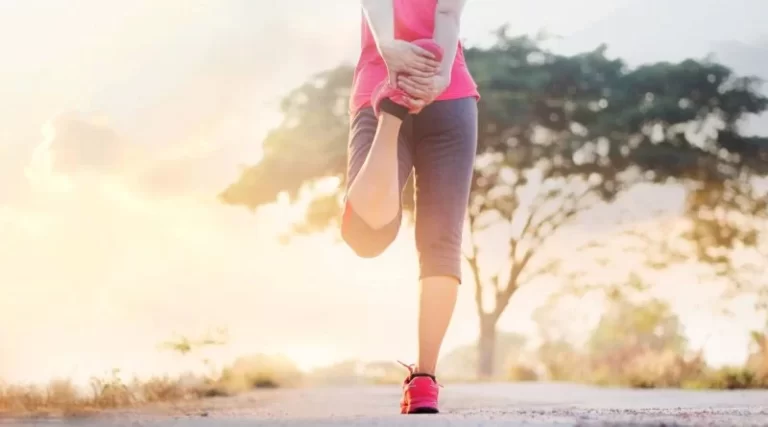
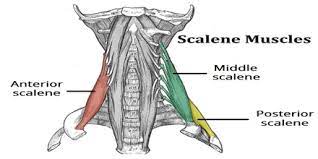
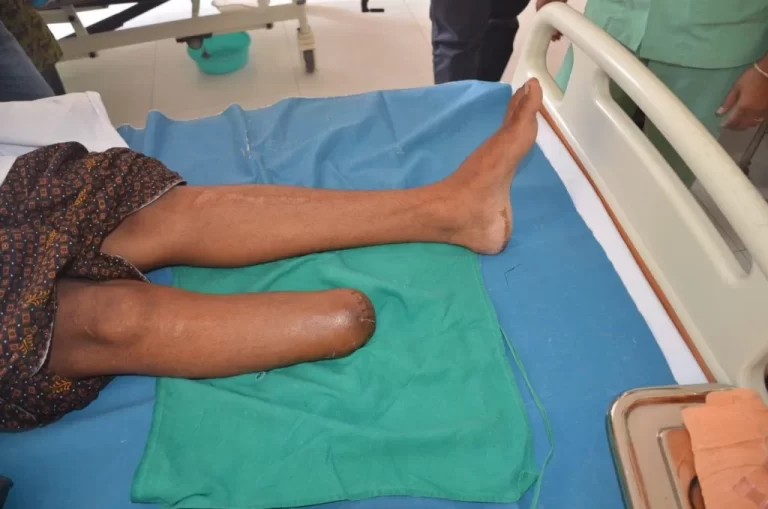
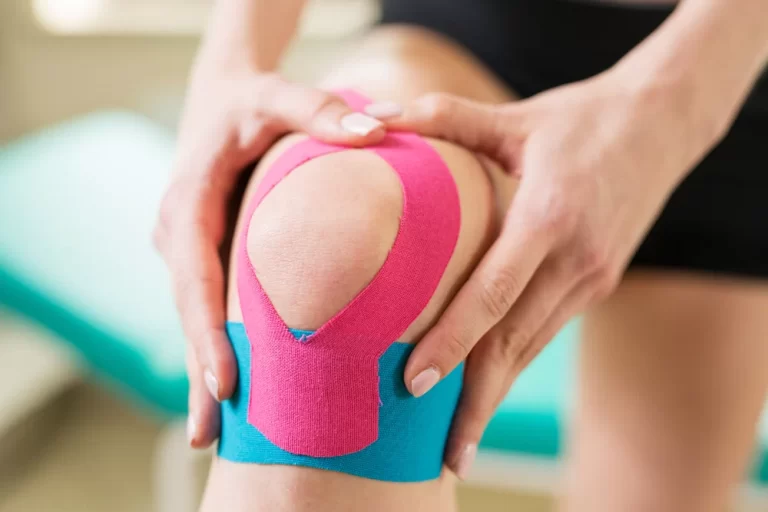
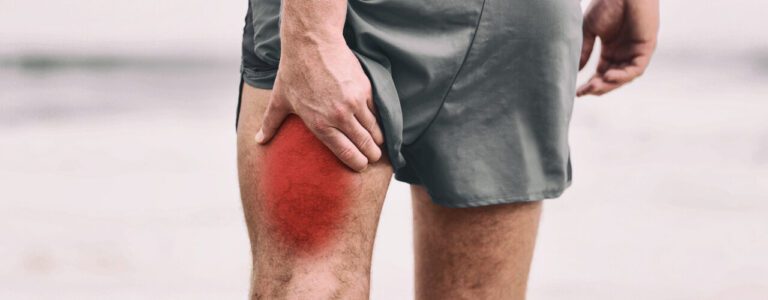
co-ordination is highly important to perform day-to-day activity with ease such as typing, writing and job work related activity, i found this article is really informative how anyone can improve co-ordination!